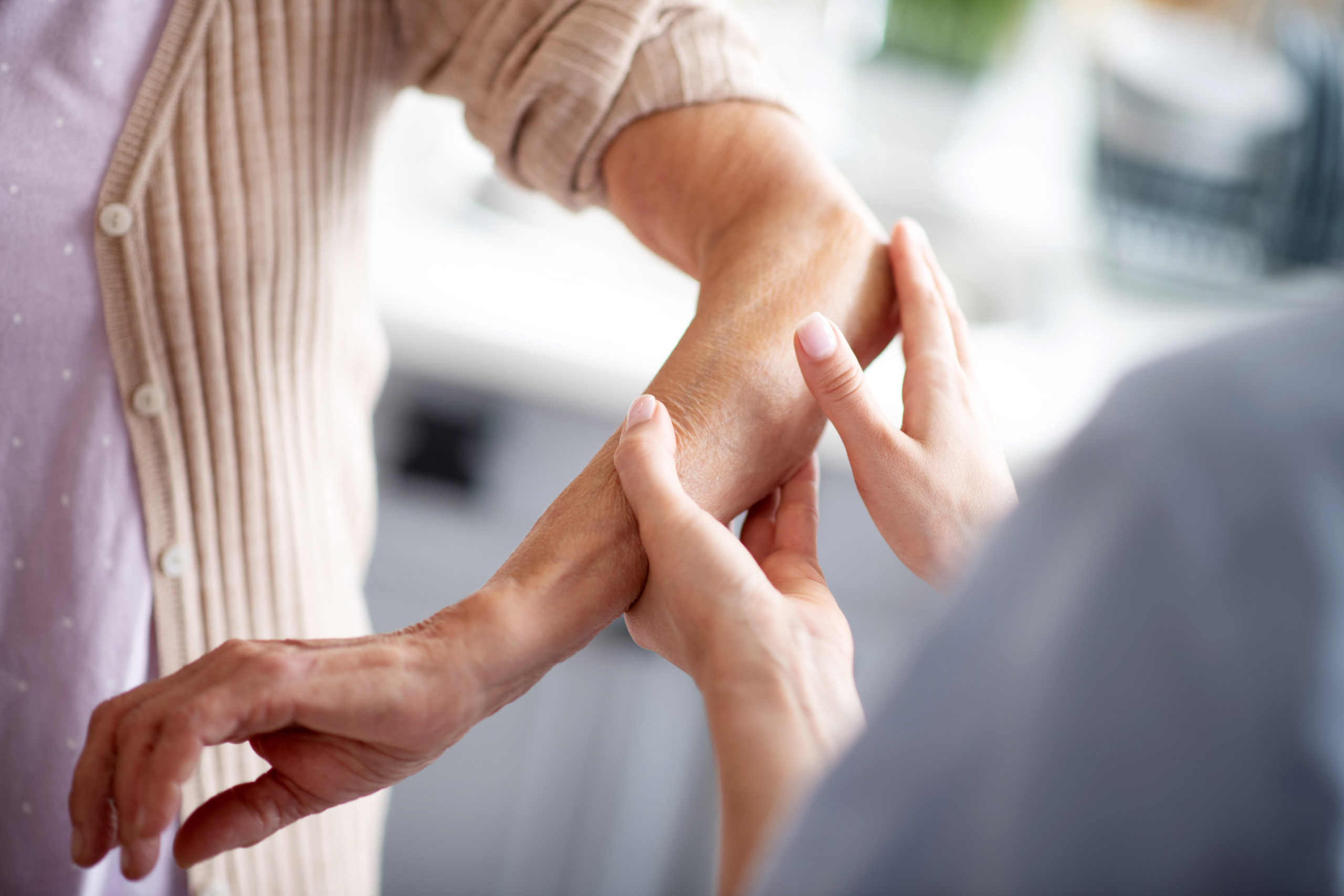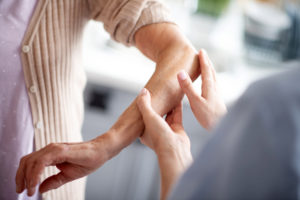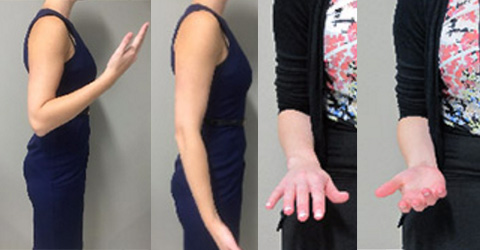

Here we take a look at the causes, signs and symptoms of an elbow dislocation, and how a dislocation may be managed.
The elbow joint is made up of the humerus in the upper arm and the two forearm bones, the ulnar and radius. A dislocation occurs when any one of these bones moves out of its correct place. Severe dislocations can not only sustain injury to the joint capsule but can also result in fractures, ligament injury, or nerve and artery damage.
What causes it?
Most commonly, elbow dislocations occur as a result of a fall when the arm is outstretched. Elbow dislocations can occur following a sporting injury, motor vehicle accident or any other type of traumatic injury.
“Nursemaid’s elbow” is a type of elbow dislocation which affects small children aged between 0-5 years old. This occurs when a child is pulled, jerked or is swinging from the hands and wrist. This motion causes the soft ligaments around the elbow to slip out of place allowing the radius bone to dislocate.
Signs and symptoms
• Severe pain in the elbow.
• Reduced elbow range of motion in flexion, extension or forearm rotation.
• Bruising and swelling.
• Unusual appearance or positioning of the elbow.
Treatment from your hand therapist

Following an elbow dislocation, the joint may pop back into place on it’s own or it may require manipulation by a doctor or surgeon to ensure the correct position.
Following this, the elbow may require a period of rest using a sling or a splint to allow the soft tissues to rest and repair.
After a period of rest, your therapist will provide an individualised therapy program consisting of elbow exercises to improve range of motion, proprioception (joint-position awareness) and strength.
Refer here for more information on elbow excercises.
Surgical treatment
In some cases, where the dislocation is very severe or where the joint remains unstable after manipulation, surgery may be indicated. Your doctor will discuss this with you if it is required.
If you are suffering from any of these concerns, or any other issues with the hand, arm or fingers, please feel free to get in touch with the Hand Therapy Group here, we would be more than happy to help.
